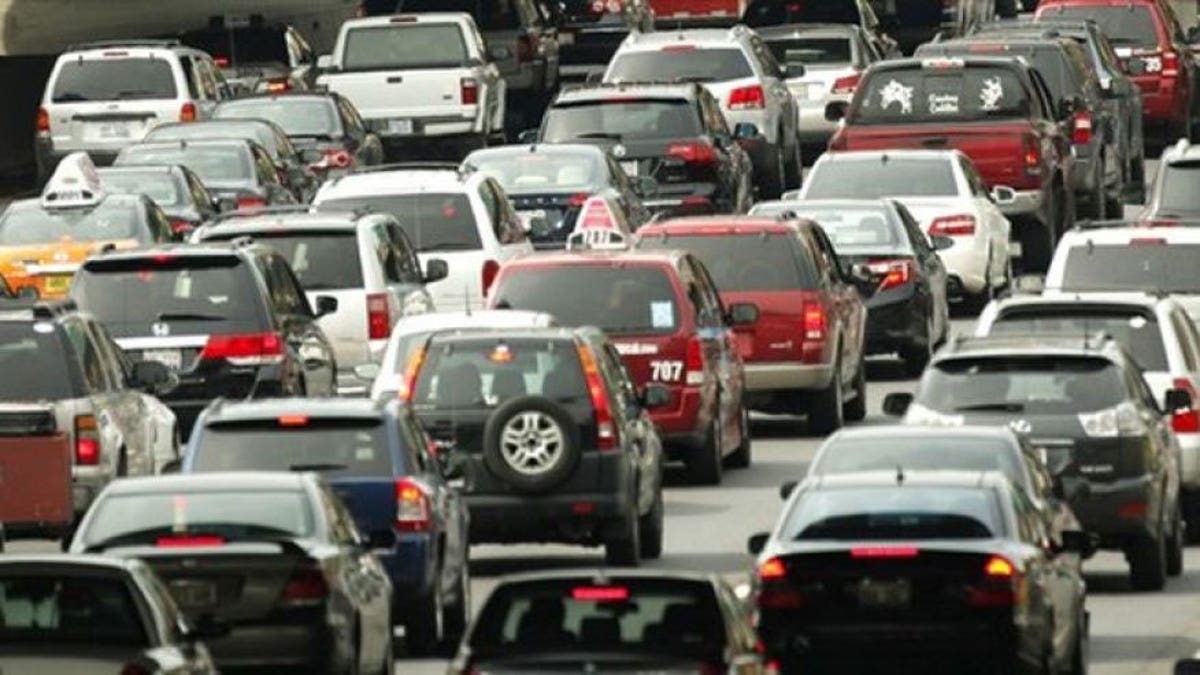
(AP)
Drivers can't see the bigger picture when it comes to how traffic flows, author Tom Vanderbilt told a crowd at the Boing Boing: Ingenuity Conference in San Francisco last month. And that's the fundamental cause of traffic jams.
Vanderbilt is the author of Traffic: Why We Drive the Way We Do (and What It Says About Us). In his book Vanderbilt addresses the little things we do every day on the road that make a big impact.
Surprisingly, sometimes our best intentions lead to problems. Vanderbilt says one maneuver we should all master is "the zipper." When traffic comes to a blocked lane, drivers start to pile into the open lane immediately. No one wants to be the car that muscles in at the last second. But using both lanes until the merge point and allowing cars to take turns passing the lane closure can cut traffic backups by 40 percent. Europeans regularly "zipper" into lane closures, but Americans think it's rude to dash into another lane at the last second.
Distractions can also snarl traffic. Vanderbilt referred to a Dutch study on rubbernecking, which found that a crash can cause problems both on the side where an accident occurred and in opposite traffic. A flipped-over van caused an 11 percent delay in both directions, even though it physically only blocked one lane of traffic.
Self-driving cars could eliminate 80 percent of accidents and could make traffic jams a thing of the past, too, as our inability to maintain a constant speed or distance from the cars around us can hold back traffic. Small adjustments to speed and distance can add up fast on the roads, slowing down the flow for everyone.
Tom Vanderbilt's fascinating talk can be found in full on CityLab.
More from AOL Autos:
Vandal spray paints cars in Queens
10 overlooked cars you should consider